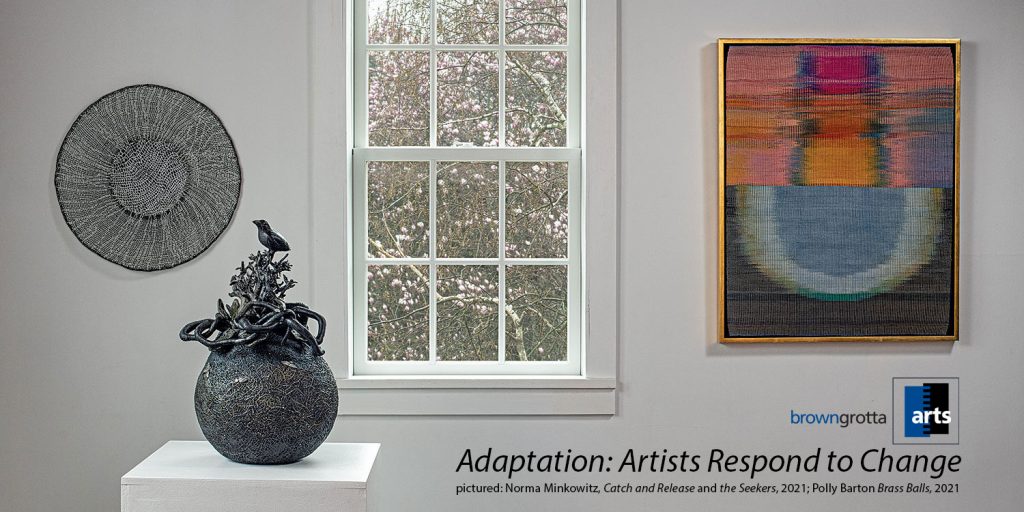
Happily, vaccines are on the rise and art openings are, too.
We are excited about our own opening, Adaptation: Artists Respond to Change, May 8 – 16. You can join us by making an appointment through Eventbrite: https://www.eventbrite.com/e/adaptation-artists-respond-to-change-tickets-148974728423 Elsewhere, exhibitions are ongoing live coast to coast this Spring. Check some or all of these events in person, or online. Art makes a comeback!
Uncommon Threads: The Works of Ruth E. Carter
New Bedford Art Museum/ArtWorks! (NBAM)
Massachusetts
May 1 – November 14, 2021
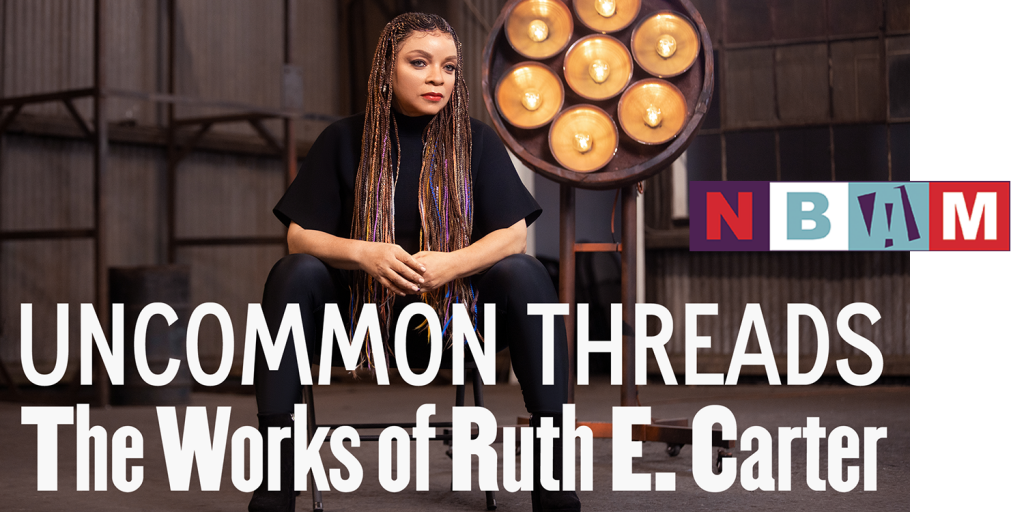
A solo exhibition celebrating Massachusetts-born Ruth E. Carter’s 30-year career as an Academy Award-winning (Black Panther, 2018) costume designer rn Ruth E. Carter’s 30-year career as an Academy Award-winning (Black Panther, 2018) costume designer.
For more info: https://newbedfordart.org/ruth/
Sonya Clark: Tatter, Bristle, and Mend
National Museum of Women in the Arts
Washington, DC
Through June 27, 2021
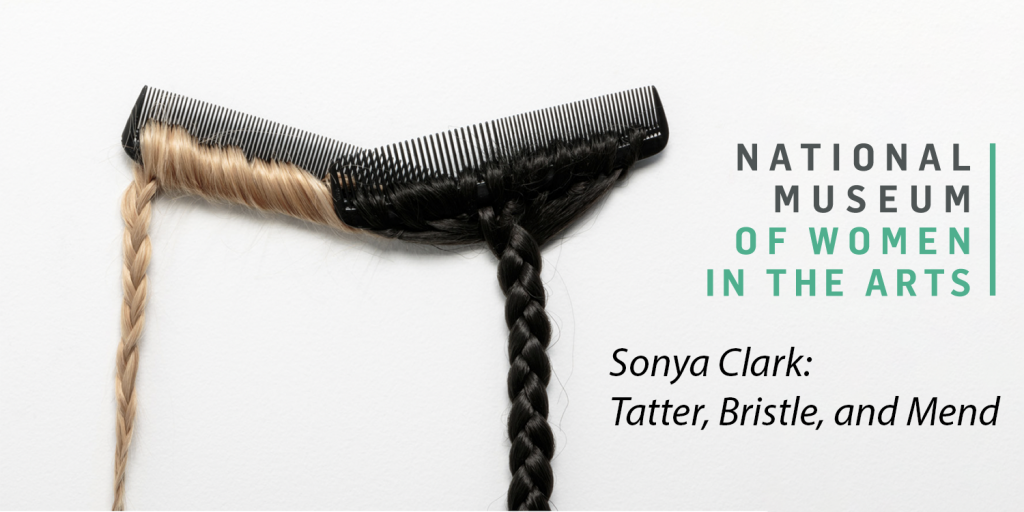
This first survey of Clark’s 25-year career includes 100 sculptures made from black pocket combs, human hair and thread as well as works created from flags, currency, beads, cotton plants, pencils, books, a typewriter and a hair salon chair. The artist transmutes each of these everyday objects through her application of a vast range of fiber-art techniques: Clark weaves, stitches, folds, braids, dyes, pulls, twists, presses, snips or ties within each object.
View in-person or online https://nmwa.org/exhibitions/sonya-clark-tatter-bristle-and-mend/
Craft Front and Center
The Museum of Arts and Design
New York, NY
May 22, 2021–Feb 13, 2022

MAD’s collection comprises over 3,000 artworks in clay, fiber, glass, metal, and wood, dating from the post-war studio craft movement through to contemporary art and design. Craft Front & Center is organized into eight themes exploring craft’s impact. Each section is punctuated with pivotal and rarely seen works from iconic makers, such as Betty Woodman, Marvin Lipofsky, Lia Cook and Magdalena Abakanowicz. The exhibition also casts a fresh eye on craft’s pioneers; celebrating Olga de Amaral, Charles Loloma, Ed Rossbach, Kay Sekimachi, Katherine Westphal and others who pushed the boundaries of materials and sought more inclusive sources of inspiration. The exhibition affirms craft as one of the most exciting spaces for experimentation and wonder in art today.
Building Bridges: Breaking Barriers
Ruth’s Table
San Francisco, CA
Virtual Exhibition through May 13, 2021
Artist Talk April 15 at 4:30 pm (PST)
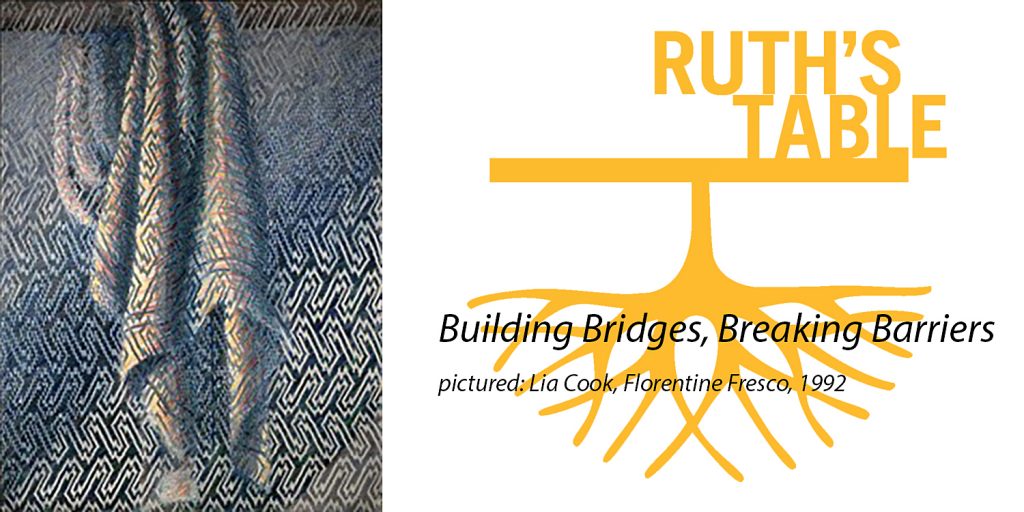
RSVP for the Artist Talk on April 15th
If you are not near an exhibition with in-person viewing, you can visit this two-part exhibition series online. Building Bridges: Breaking Barriers aims to help break barriers in perception by recognizing the unique agility and skill possessed by professional older artists at the pinnacle of their careers, their continued value and contribution to the arts and society, leading us to building bridges of an intergenerational nature. The exhibition, which includes work by Lia Cook, highlights artists who are particularly notable for their ability to transform their oeuvre in the thick of their careers. Each artist displays a selection of works that represent evolution and, sometimes, rupture from earlier works, demonstrating a compelling ability to take risks, break new ground and shape attitudes through their artistic practice.

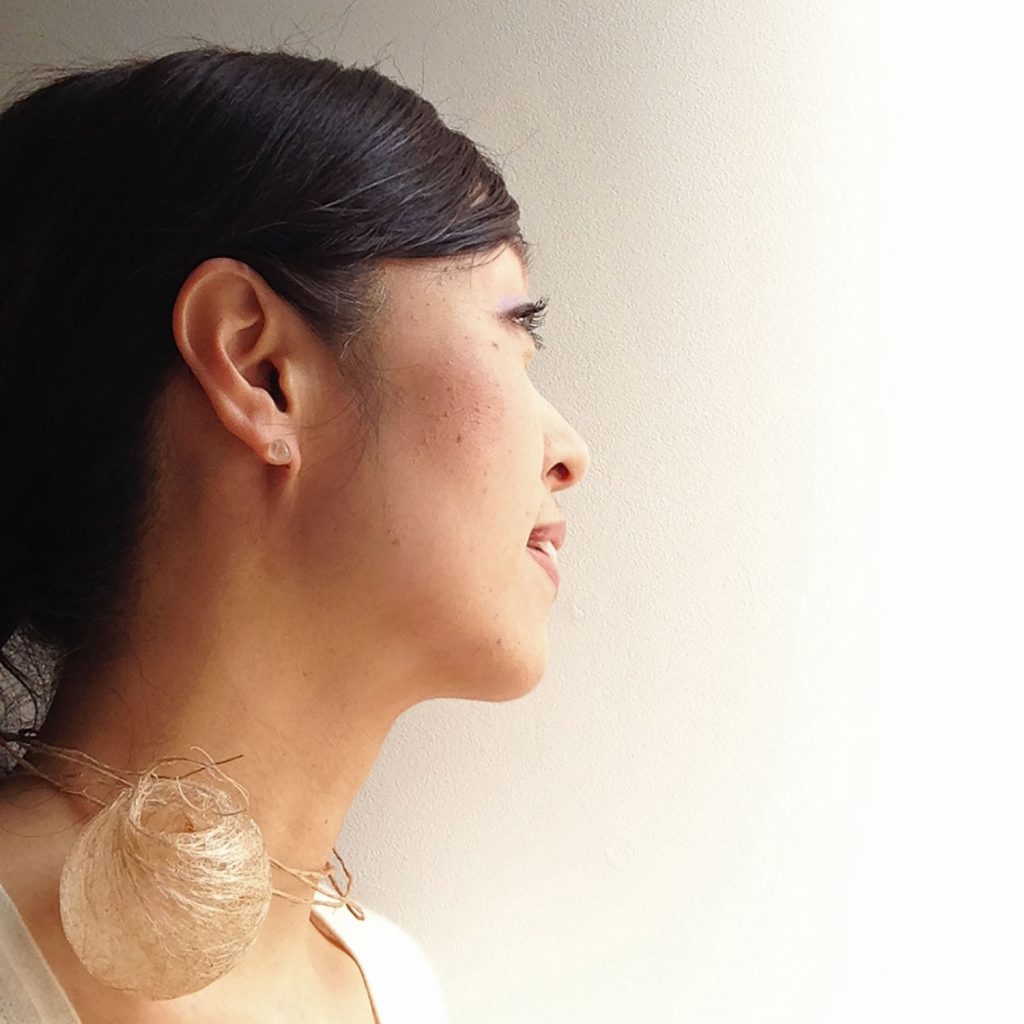

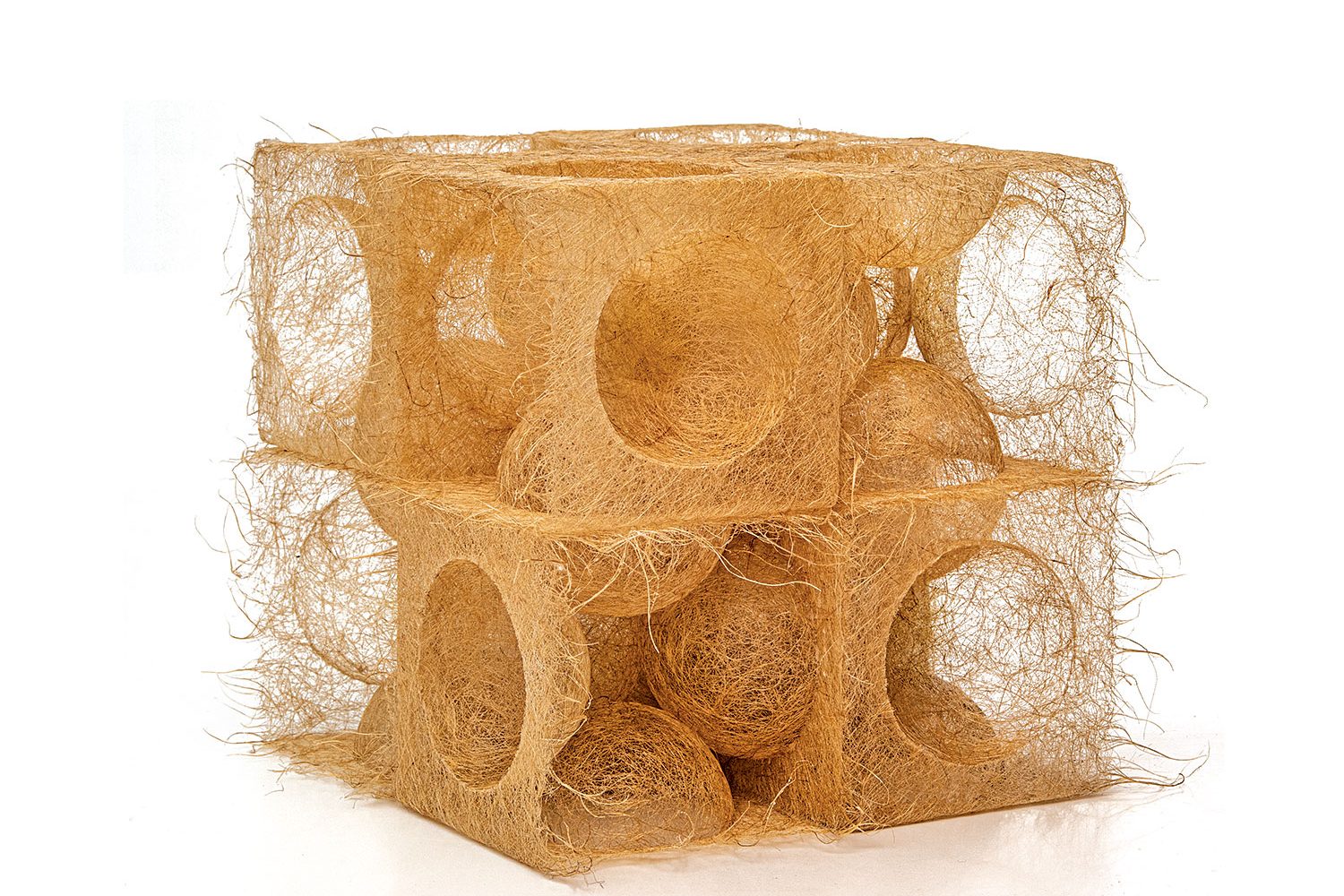
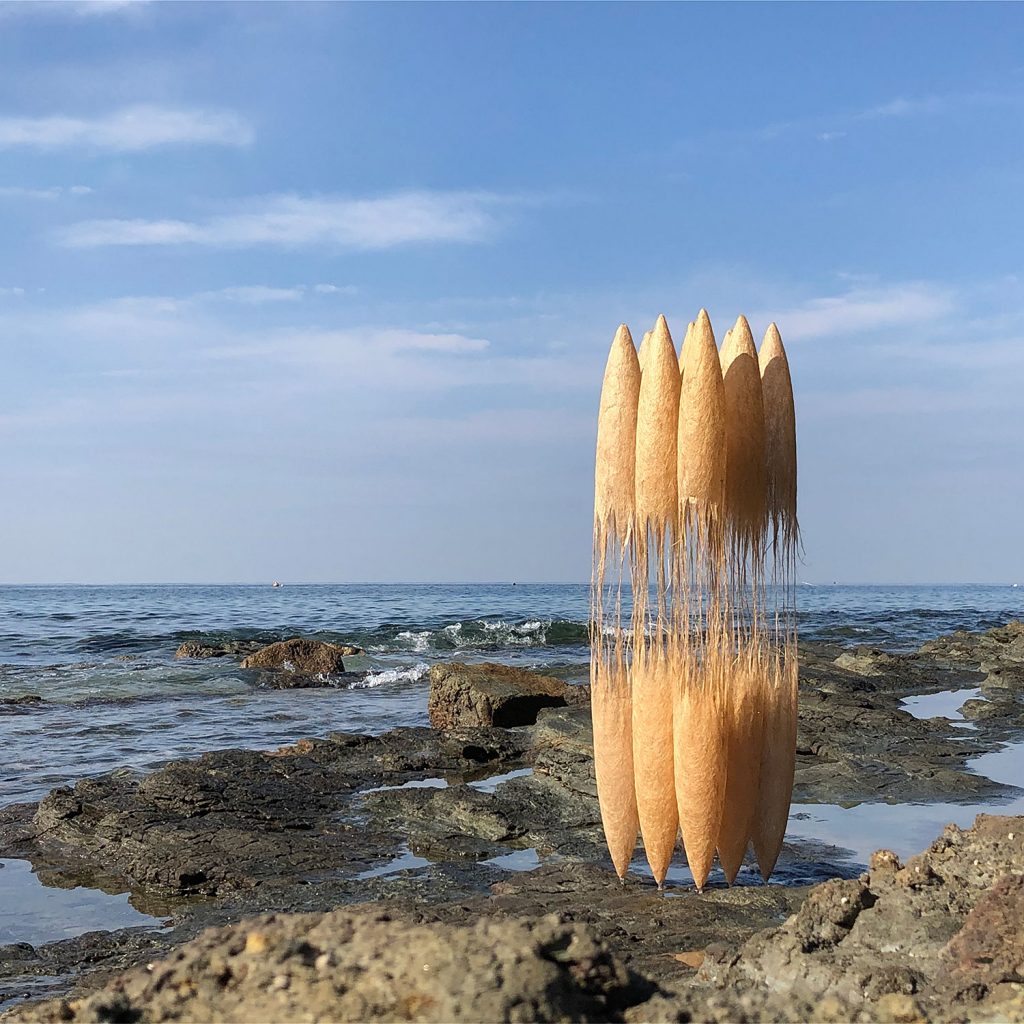
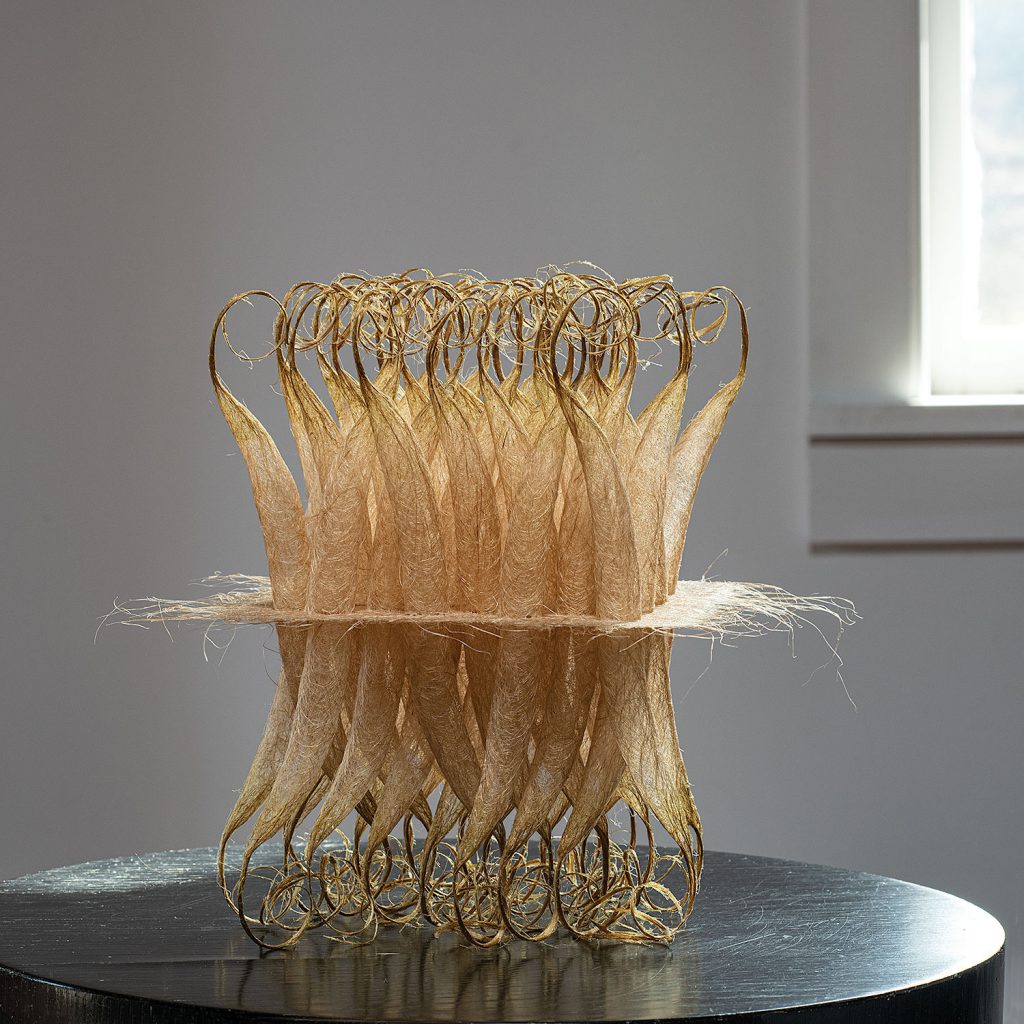
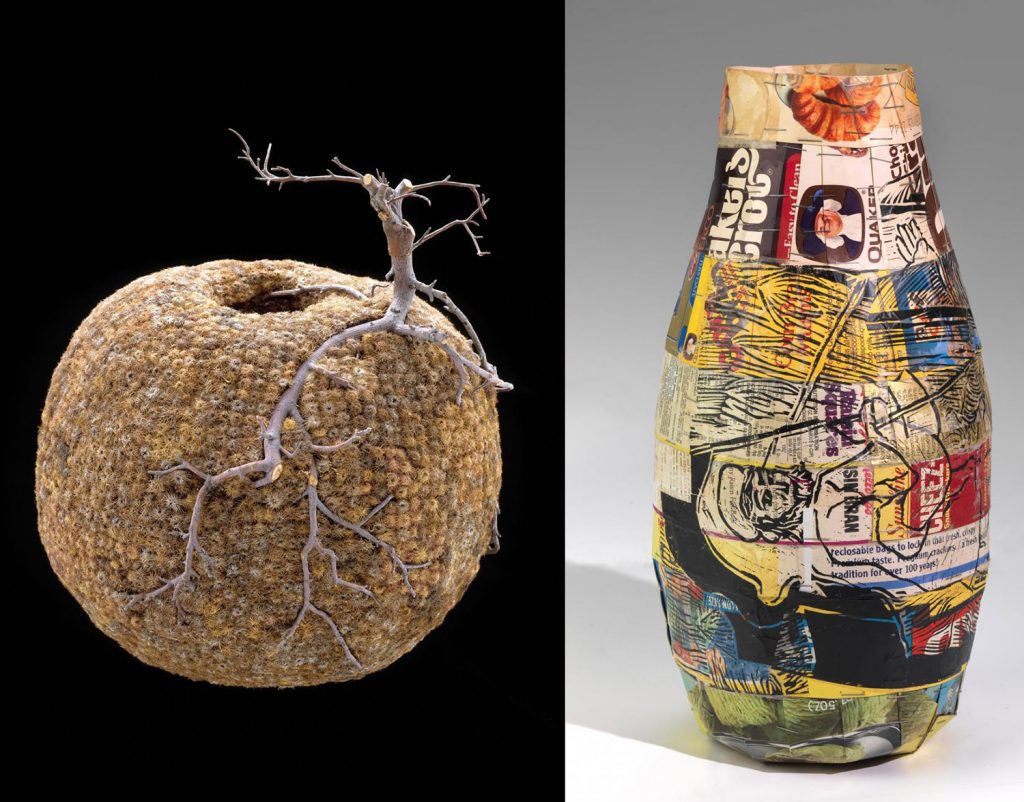
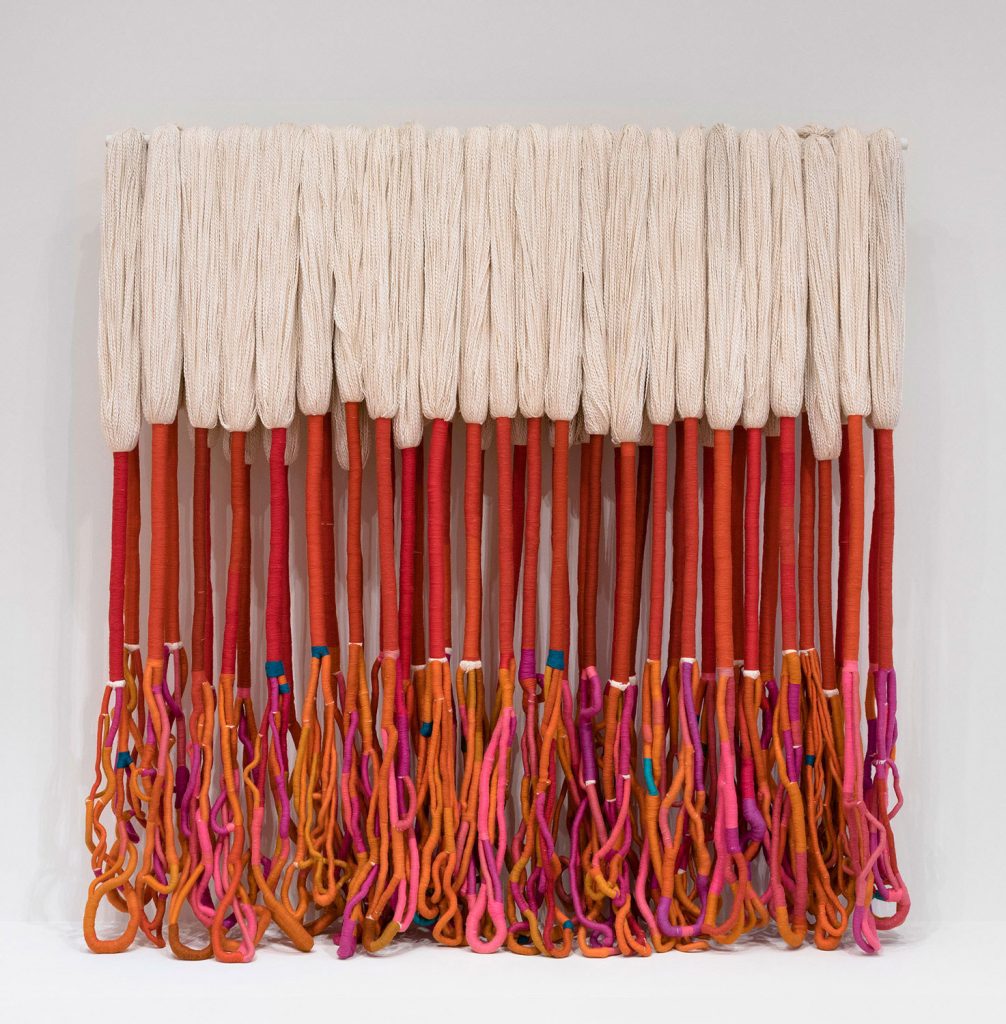


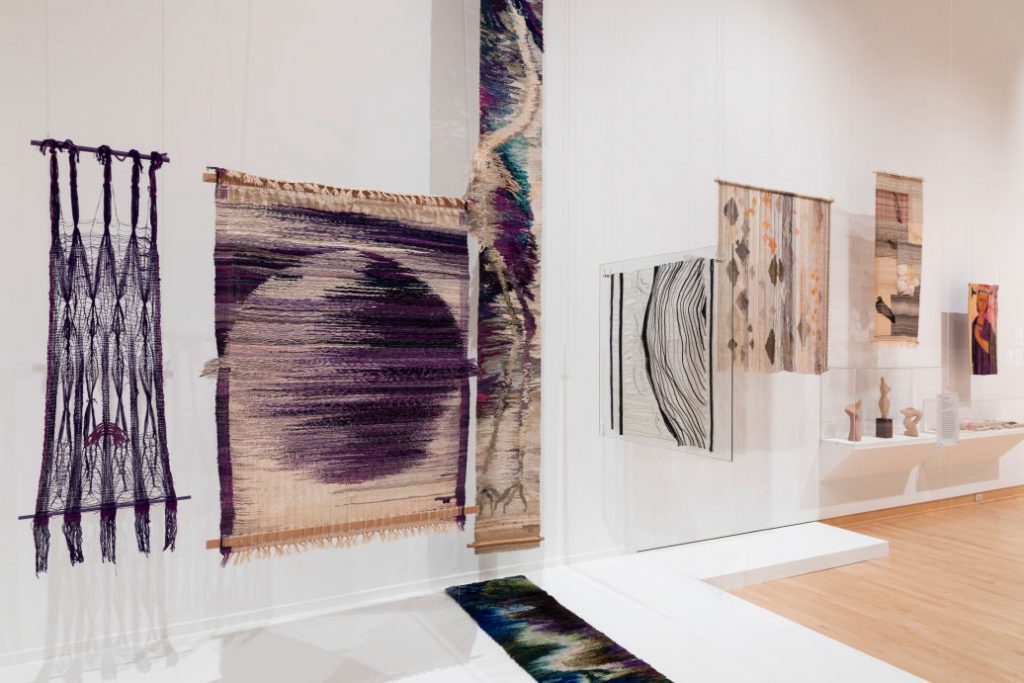


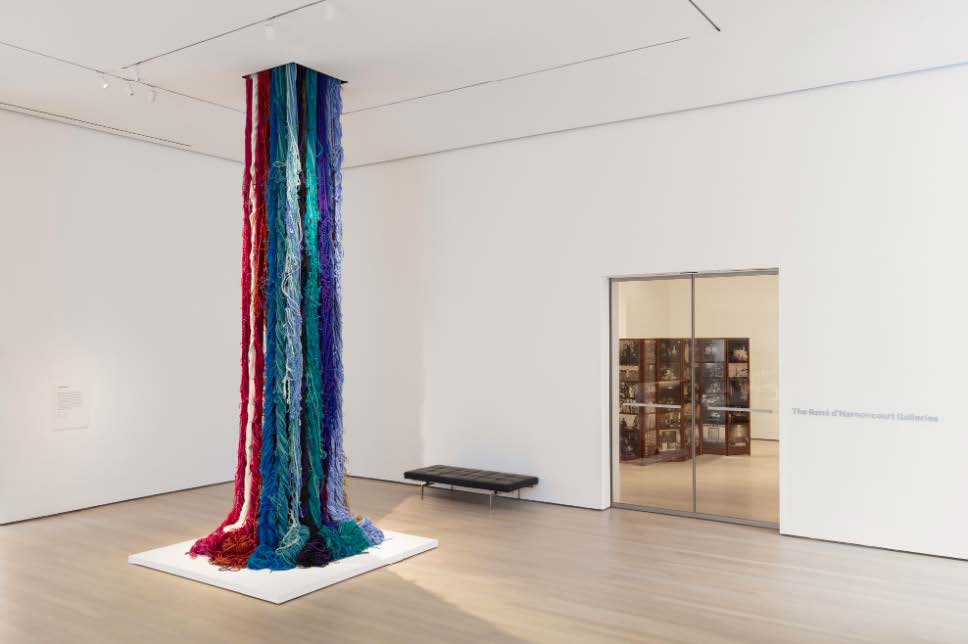
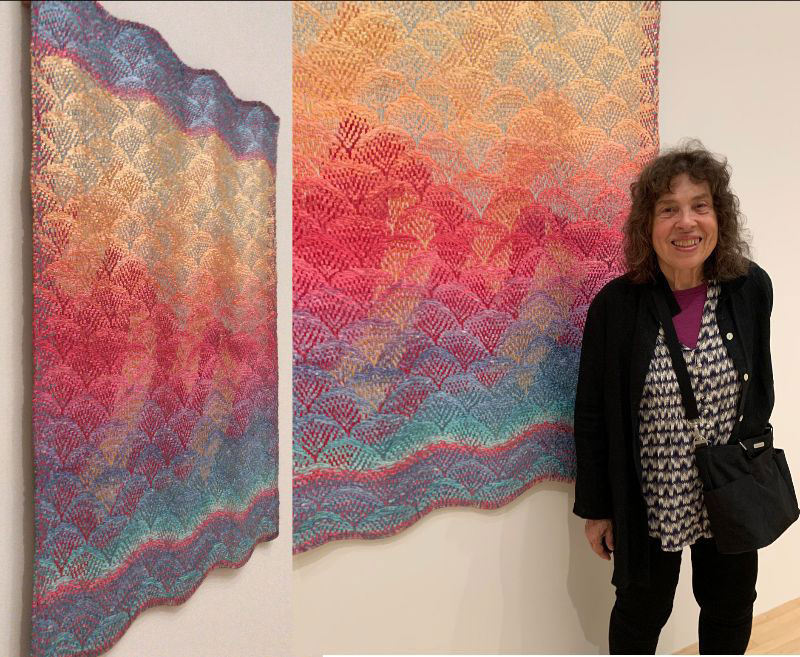

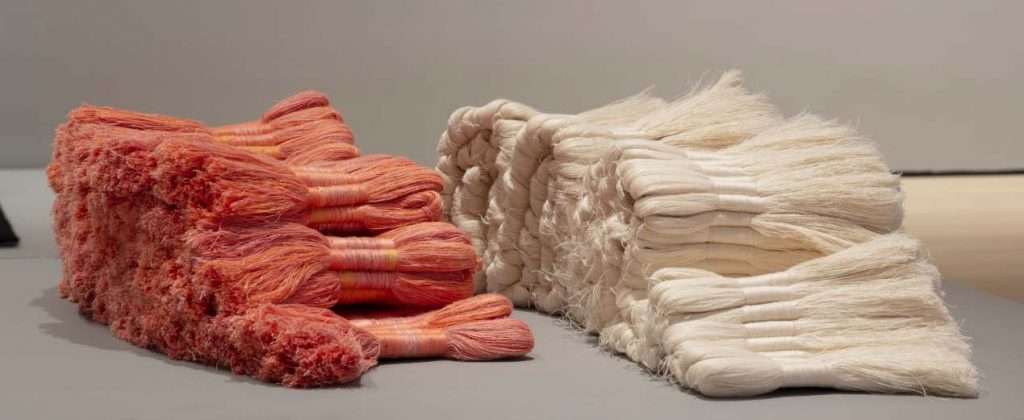
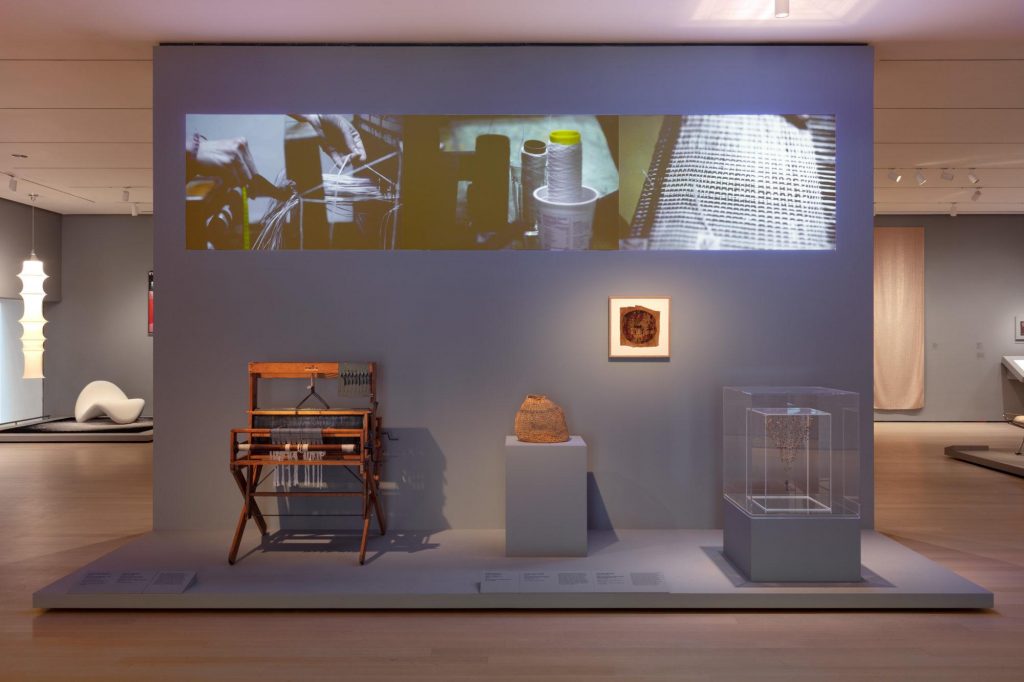



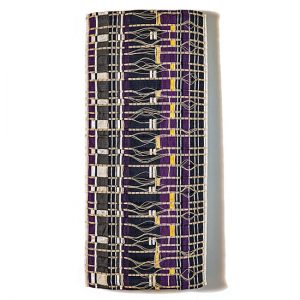
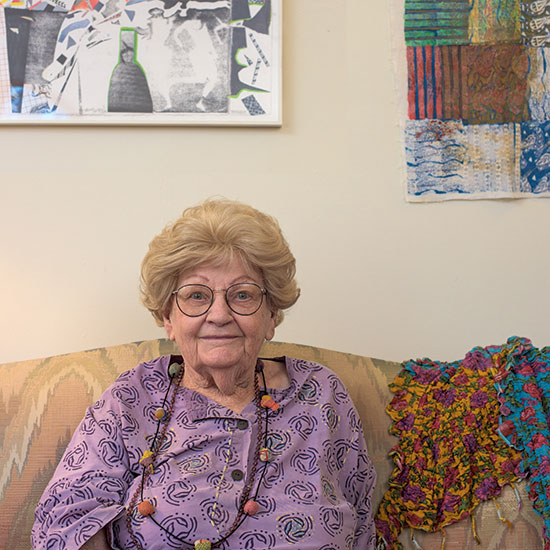

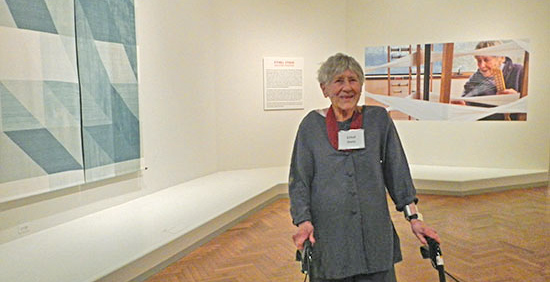

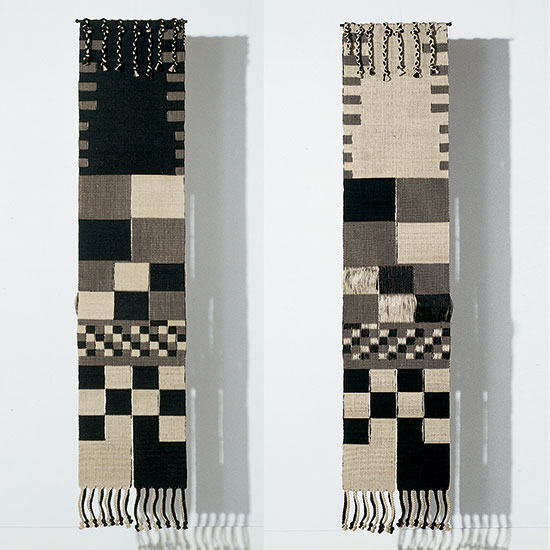


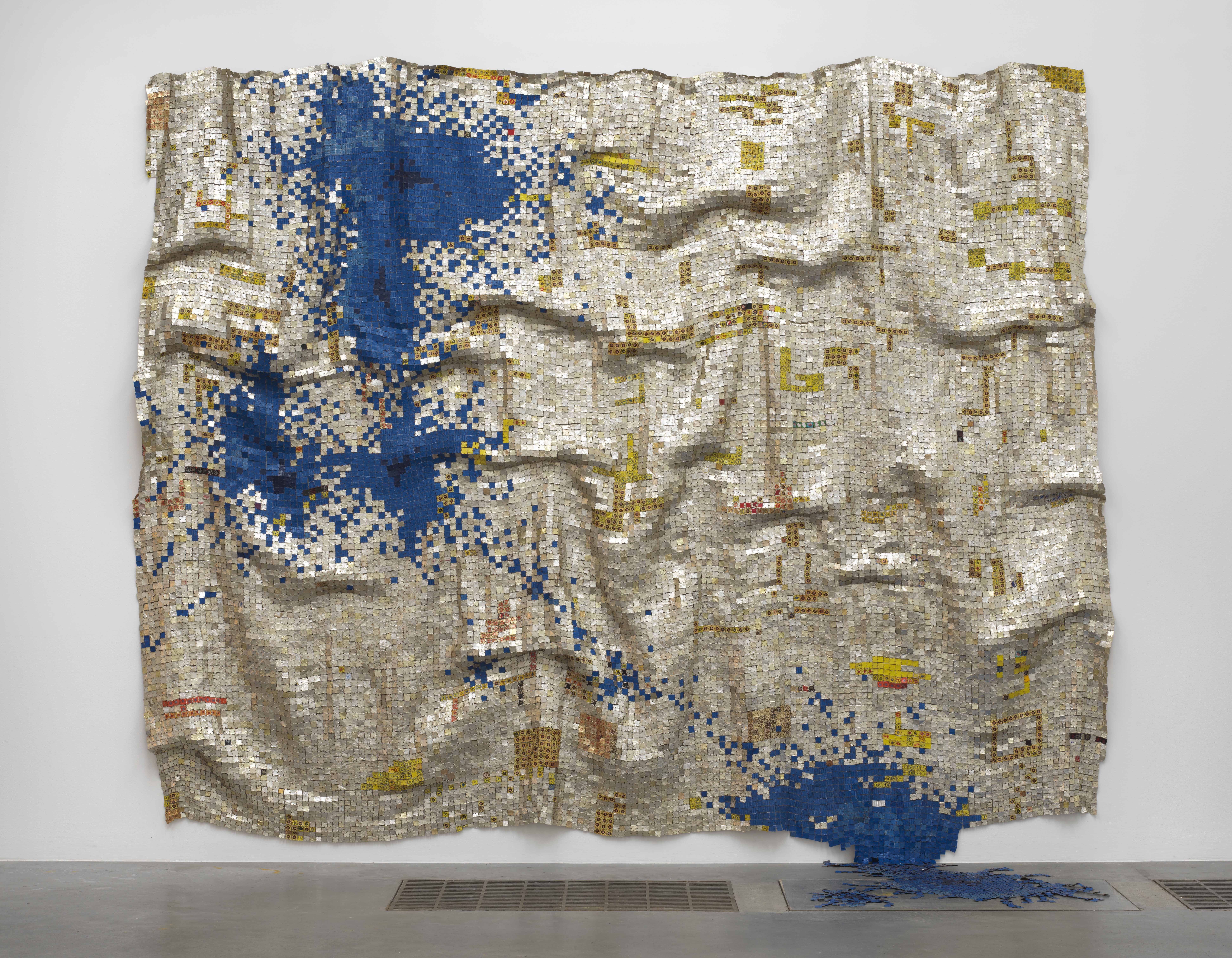
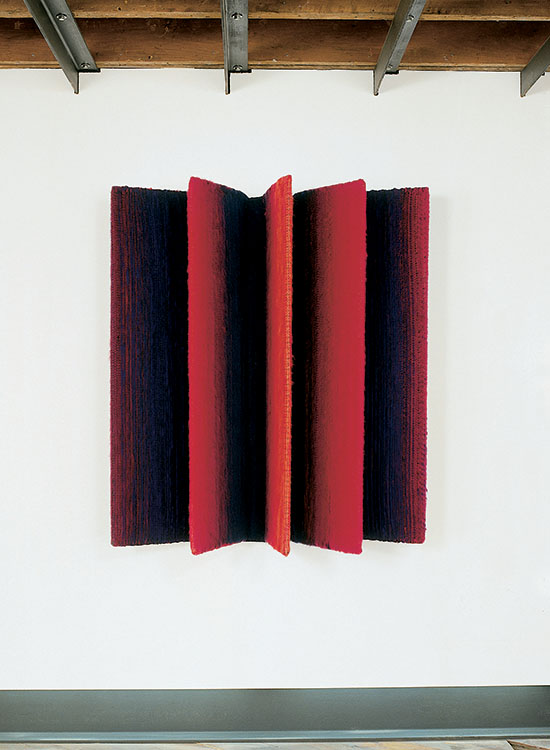
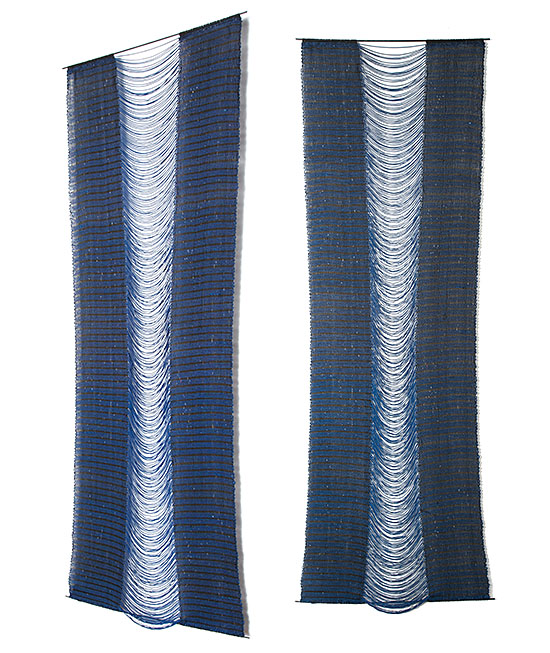


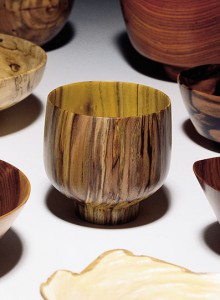

The Resurgence of Interest in Fiber Sculpture and Art Textiles Will Continue in 2015
Last year was an extraordinary one for those of us who appreciate contemporary art fiber and art textiles. More than 10 exhibitions opened in the US and abroad. In October, the art newspaper reported that “textiles are gaining international stature in art museums” and further that “[c]ommercial interest is on the rise,” quoting art advisor Emily Tsingou: “Textile [art] has entered the mainstream.” Soft Fabrics-Have Solid Appeal. Below is a roundup of exhibitions and reviews from last year and a guide to what to expect in 2015.
Mainstream attention began with the coverage of Sheila Hicks‘ inclusion
Sheila Hicks, Pillar of Inquiry/Supple Column, 2013-14 (installation view, Whitney Museum of American Art, New York). Photograph by Bill Orcutt
in the Whitney Biennial in March and was followed by coverage of the restoration of her remarkable 1960s tapestries at the Ford Foundation in New York Sheila Hicks Tapestries to Again Hang at Ford Foundation. In June, the Art Institute of Chicago’s textile galleries reopened, featuring 96-year-old Ethel Stein’s work, in Ethel Stein, Master Weaver.
September saw three fiber-related exhibitions; the Museum of Arts and Design opened What Would Mrs. Webb Do? A Founder’s Vision (closes
February 8, 2015),Kay Sekimachi, Ed Rossbach, Françoise Grossen, Katherine Westphal and others Museum of Art Design installation of What Would Mrs Webb Do?, Photo by Tom grotta
February 8, 2015), which featured significant textiles from the permanent collection by Anni Albers, Kay Sekimachi, Katherine Westphal, Ed Rossbach, Françoise Grossen and Trude Guermonprez, while The Drawing Center’s: Thread-Lines offered Anne Wilson creating fiber art in situ
Ann Wilson’s In Situ Performance at the Drawing Center, photo by Tom Grotta
together with a collection of works by Lenore Tawney, Louise Bourgeois and others. Contemporary 108 in Tulsa, Oklahoma, featured a series of large photographic weavings by Aleksandra Stoyanov of the Ukraine
Contemporary 108 in Tulsa, Oklahoma, curated from the 2013 “Aleksandra Stoyanov” Tefen Open Museum, Israel exhibition. photo copyright Tefen Open Museum
and now Israel, described as “warp and weft paintings.”
In October, Fiber: Sculpture 1960 – present, opened at the Institute of Contemporary Art in Boston with works by 34 artists including
Fiber: Sculpture 1960 — present opening, photo by Tom Grotta
Magdalena Abakanowicz, Ritzi Jacobi and Naomi Kobayashi. The Boston Globe called the exhibition “[s]plendid, viscerally engaging…groundbreaking;” the exhibition catalog (available at browngrotta.com) was pronounced by Blouin art info, “an amazing resource for anyone interested in learning more about the medium.” Art Info – Art in the Air Fiber Sculpture 1960 Present October also saw a survey of the work of sculptor and poet, Richard Tuttle, at the Tate in London, Richard Tuttle:
I Don’t Know, Or The Weave of Textile Language in which Tuttle investigated the importance of textiles throughout history, across his remarkable body of work and into the latest developments in his practice. Tate Modern – Richard Tuttle I Don’t Know or Weave Textile Language
Throughout the year, Innovators and Legends, with work by 50 fiber
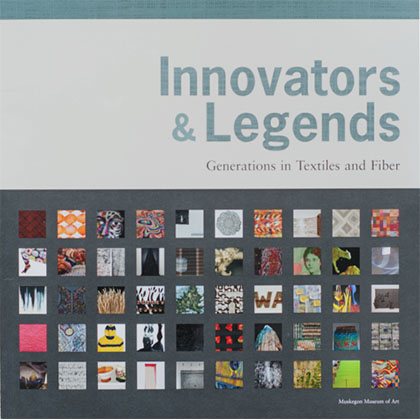
artists, including Adela Akers, Nick Cave, Katherine Westphal and Sherri Smith toured the US, exhibiting at museums in Colorado, Iowa and Kentucky. The fiber fanfest culminated at Art Basel in Miami Beach in December, where Blouin’s Art Info identified a full complement of fiber works and textiles in its listing, “Definitive Top 11 Booths, “ including Alexandra da Cunha’s compositions of mass-produced beach towels and various colored fabrics at Thomas Dane Gallery, a Rosemarie Trockel embroidered work at Galerie 1900-2000, marble and dyed-fabric pieces by Sam Moyer at Galerie Rodolphe Janssen and woven paintings by Brent Wadden at Mitchell-Innes & Nash Blouin Art info – The Definitive Top-11 Booths at Art Basel Miami Beach.
And what’s ahead in 2015?
More auctions and exhibitions that include fiber sculpture and art textiles are scheduled for 2015. Fiber: Sculpture 1960 – present will
open at the Wexner Center for the Arts, Columbus, Ohio on February 7th and travel to the Des Moines Art Center, Iowa in May.
Sonia Delaunay Prismes electriques 1914 Centre Pompidou Collection, Mnam / Cci, Paris © Pracusa 2013057
dedicated her life to experimenting with color and abstraction, bringing her ideas off the canvas and into the world through tapestry, textiles, mosaic and fashion.
Also in April, the Museum of Arts and Design will host Pathmakers:
Lenore Tawney in her Coenties Slip studio, New York, 1958.
Courtesy of Lenore G. Tawney Foundation; Photo by David Attie
Women in Art, Craft and Design, Midcentury and Today, featuring work by Sheila Hicks, Lenore Tawney and Dorothy Liebes http://madmuseum.org/exhibition/pathmakers.
In June, the Toms Pauli Foundation in Lausanne, Switzerland will celebrate the International Tapestry Biennials held there from 1962 to 1995 and display work by the Polish textile artist and sculptor Magdalena Abakanowicz, in an exhibition entitled, Objective Station.
1995 and display work by the Polish textile artist and sculptor Magdalena Abakanowicz, in an exhibition entitled, Objective Station.
Also this summer, the Musée d’Art Contemporain de Baie St Paul in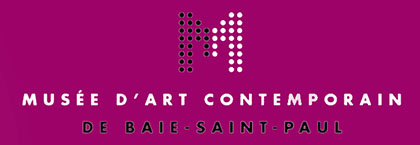
Mariette Rousseau Vermette Portrait by Tom Grotta
Quebec, Canada will examine the work of Mariette Rousseau-Vermette, who participated in five of the Lausanne Biennials.
From April 24 – May 3, 2015, browngrotta arts will host Influence and Evolution, Fiber Sculpture then and now at our barn/home/gallery space in Wilton, Connecticut. In its 27-year history, browngrotta arts
Françoise Grossen, From the Mermaid Series IV, 1983, photo by Tom Grotta
including Magdalena Abakanowicz, Lia Cook, Kay Sekimachi and Françoise Grossen, with works from a later generation of artists, all born after 1960, through whom fiber sculpture continues to evolve. These artists, including María Eugenia Dávila and Eduardo Portillo of Venezuela, Stéphanie Jacques of Belgium and Naoko Serino of Japan, work in a time when classification of medium and material presents less of a constraint and fiber and fiber techniques can be more readily explored for their expressive potential alone.
“It is rare to find so many inventive, compelling works in one show, and it astounds that many are so little known,” wrote Kirsten Swenson in Art in America, about Fiber: Sculpture 1960 – present, in October 2014. Art in America Magazine – reviews: Fiber Sculpture 1960-present. This spring, in Influence and Evolution, browngrotta arts will offer dozens more significant works of fiber art for collectors to appreciate and new audiences to discover — more than two dozen works by fiber pioneers and another 30 more recent fiber explorations. We hope you will visit the exhibition, order the catalog or both. Please contact us for more information about what’s in store. art@browngrotta.com